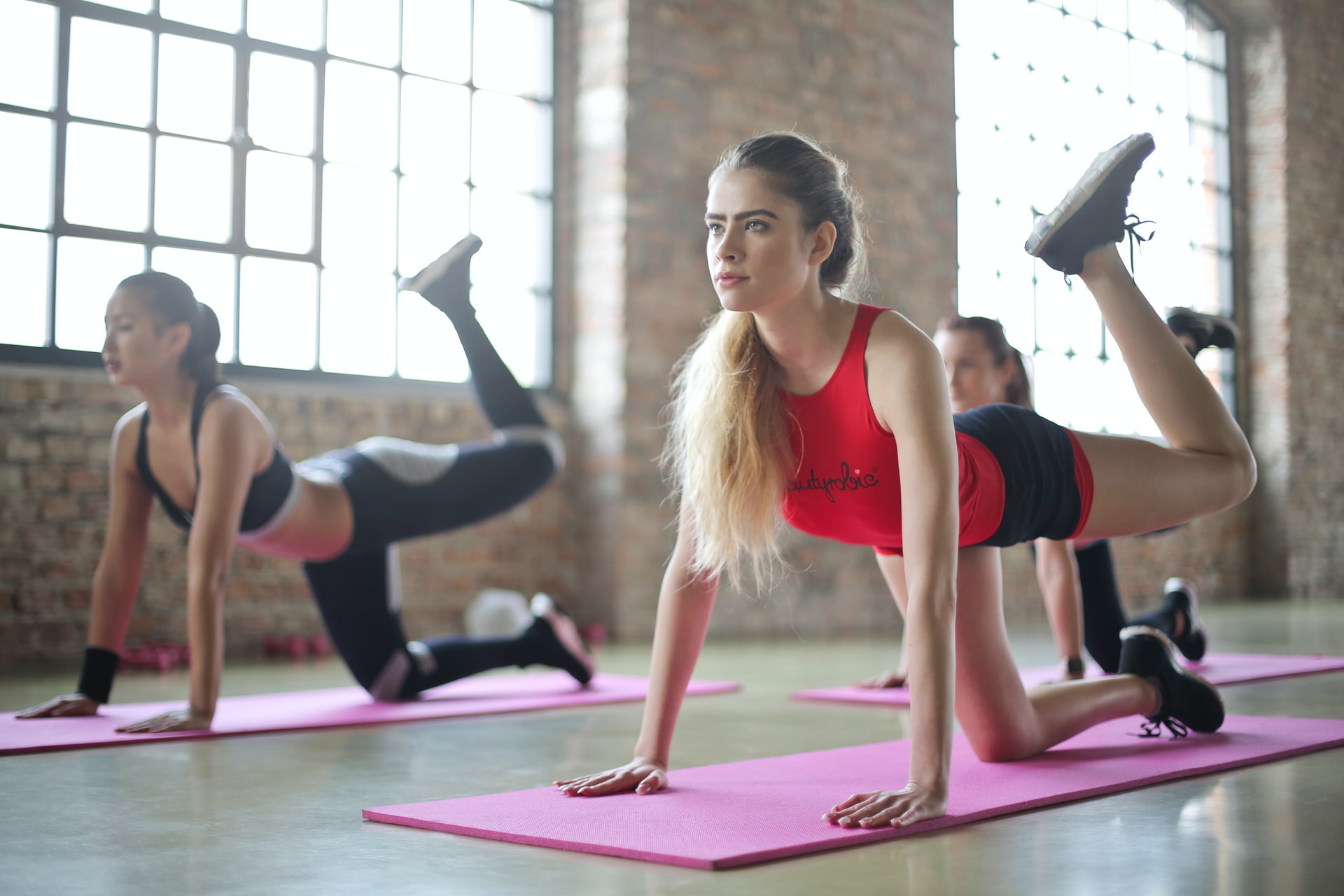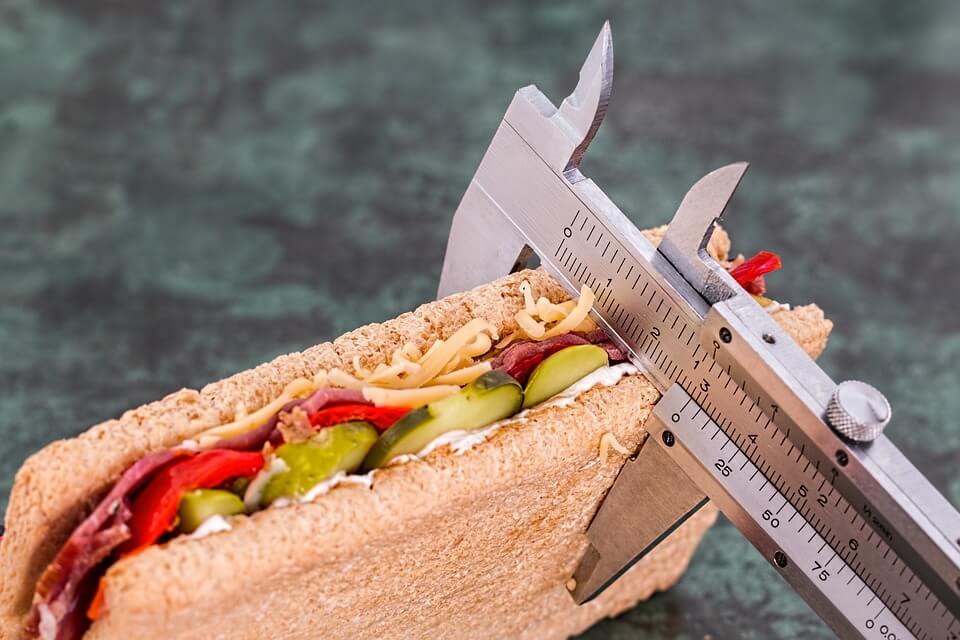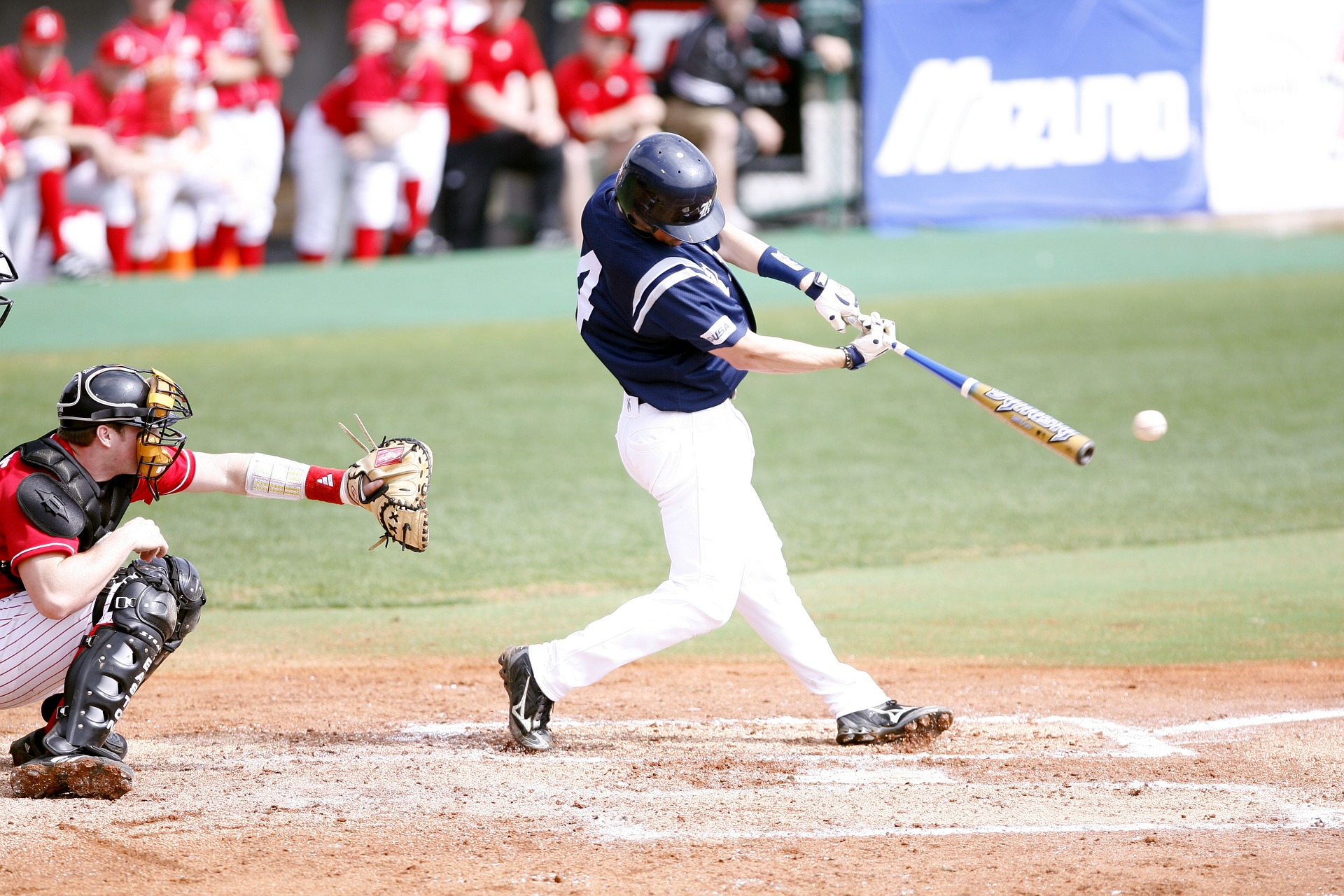Training your hard-to-target forearms feels almost impossible, like getting to those final grains of dust beneath the bed or shaving the uncomfortable hairs behind your nose. The dilemma worsens when you understand that they are the only gain that will probably be on display constantly during the year.
So although your leg day will be buried under your pants and your bench press gains will be hidden behind a curtain of wool and cotton, you’ll eventually have to pull up your sleeves and show off your often-forgotten forearms.
Thank goodness that the triceps and biceps exercises you love to do at the gym also work your forearms. The other side of your elbow will be worked with exercises like bicep curls, push-ups, and tricep pull-downs. Once you’ve mastered the fundamentals of these essential compound exercises, you can modify your routines to concentrate solely on the forearms.
The advantages extend beyond just stuffing your shirt sleeves.
James Castle Mason, a trainer at London’s Roar Fitness, argues that strengthening the forearm muscles and enhancing their condition, mobility, and motor function may help prevent chronic pain from reoccurring during sports like tennis or golfer’s elbow.
Mason adds that forearm strength is necessary to perform several upper body workouts that involve pulling and pressing. Lack of turinabol comprar or grip strength may prevent the development of muscles and strength in other areas.
In other words, mastering the finest forearm workouts can help your entire upper body, not just your forearms.
The Arm Workout That Also Strengthens Your Forearms
A four-part program designed by Mason consists of two compound exercises and two isolated exercises. Each of the exercises listed here will involve your forearms as part of a challenging exercise that improves the strength of your arms and other body parts.
Consider performing the exercises below once a week in addition to your regular routine. The two forearm exercises in the following section, referred to as finishers for a good reason, can be added if you feel you have it down after a few weeks to fully exhaust the muscles and encourage muscle growth.
Movement of the Tricep Compound: Dips
Dips are a fantastic complement to bench presses, promoting the development of the chest, triceps, and grip, according to Mason. We’re trying to load the movement into the triceps muscle rather than the chest, so the more upright we are, the more we can do that. Additionally, your forearms assist in keeping you steady as you walk.
Sets
Three sets of 10 dips are your goal.
Technique
Grab the bars and drop your body no lower than 90 degrees while bending at the elbows. Go slowly and concentrate on keeping your elbows in. Don’t rush. Press down through your palms to straighten your elbows and return to the starting posture. Avoid locking your elbows straight at this point because doing so could result in harm.
Having issues? Beginners unable to use their body weight can build strength beforehand by using bands across the bars or an aided dip machine, advises Mason. Want to upgrade? If you have it under control, you might consider putting a little weight around your waist. Ask the staff at your gym how to do this safely.
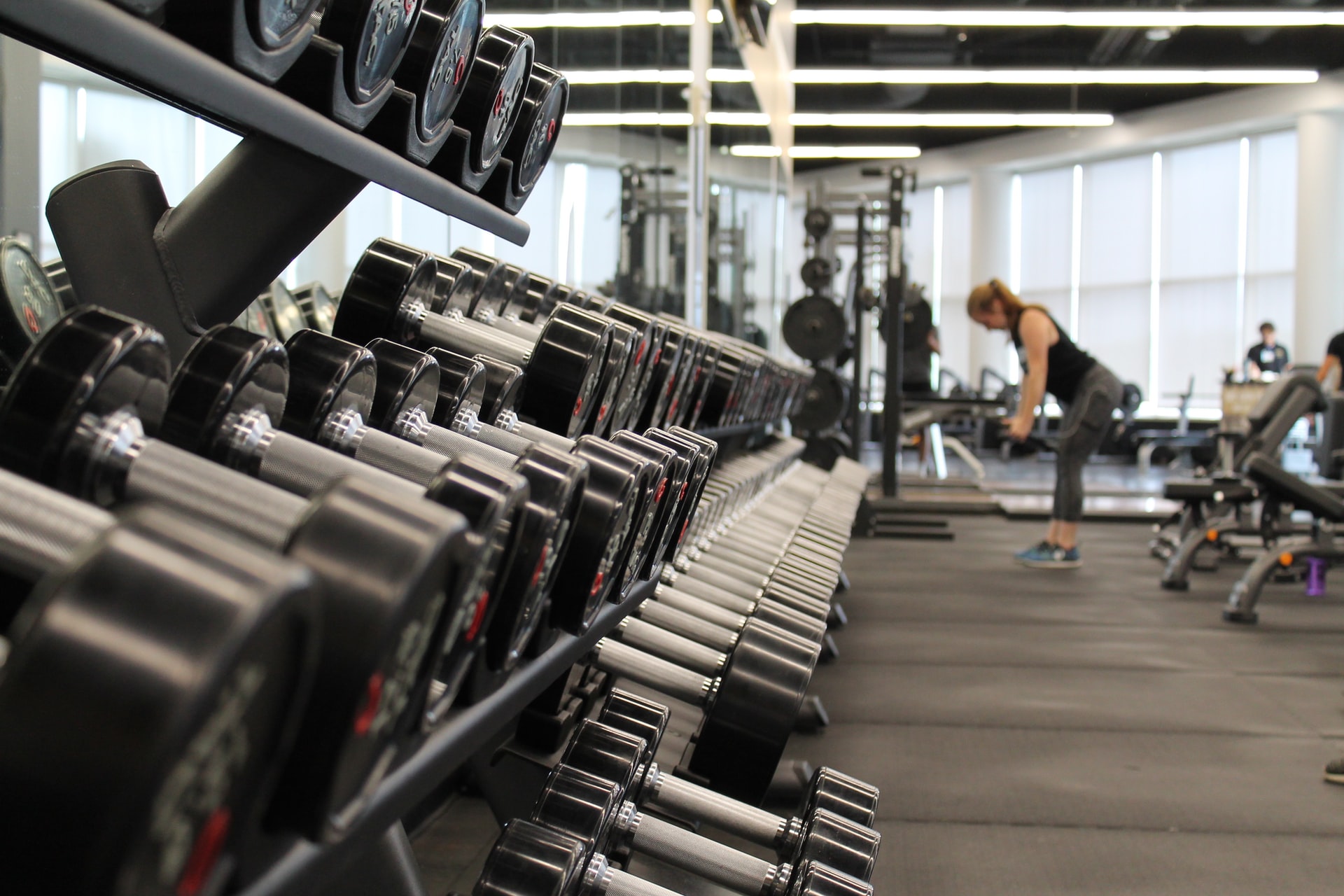 Top Ideas
Top Ideas
Mason provides some suggestions before you start performing dips. According to how mobile they are at the shoulder joint, the learner should restrict the range of motion using dip bars, the expert advises. Do you get it? Next, you should walk up to the dip bars and grab them firmly with your hands in opposition to one another.
The skull crusher is no joke when working those forearms, despite sounding like a Spinal Tap B-side. It’s a very concentrated exercise where you lay back with a heavy EZ bar, gently lowering it to your forehead. As a result, forearm strength, precisely grip strength, is crucial in this situation.
The long head of the tricep is perfect for the skull crusher, according to Mason. This activity should be included if you want to see more obvious arm development. This muscle offers your arm the most thickness as it grows over time.
Sets
For optimal results, go through three sets of ten once per week.
Technique
Begin by lying on a bench with your arms straight and the bar held above you at nose level. Mason advises that the bar be carefully lowered behind the top of the head with the elbows aligned slightly farther back than the shoulders. “The weight should be raised directly toward the ceiling while lying on the bench by extending your elbows. It’s okay to have a slight elbow flare, but not too much.
The bar shouldn’t touch your forehead, but it should be close to doing so. Push the bar back up to the starting position while concentrating on extending your triceps (like a reverse bicep curl).
Top Ideas
The grip on the EZ bar is slightly different from the one you might be used to from bicep curls since you want to grab the most minor grips that make up the triangle in the center of the bar. Your forearms and the rest of your arms should burn quite a bit from this grip posture.
Starting light is always preferable when it comes to weights. While getting used to the weight, aim for just 7.5kg on each side. Save the heavier loads until you’re confident you’ve got it down.
Chin-Up Biceps Compound
According to Mason, the chin-up is a fundamental exercise that strengthens the back while also allowing the arms to assist. It’s also one trickier action for a beginner to accomplish in the gym, along with its cousin the pull-up. The key is to simply give it a shot and keep trying. You might be able to do two the first time, then three the next.
Although the back should always be the main muscle in a chin-up, the biceps still have a lot of work to do and can benefit from some early bicep development.
Sets
(If you can, do five sets of 12 reps; if not, adjust as necessary)
Technique
The exercise is straightforward: grasp an overhead bar with your palms facing you and pull yourself up by tightening your abs and shoulder blades. Your biceps will be responsible for a large portion of the movement, but they shouldn’t be used in isolation. You will quickly injure yourself if you try to lift yourself using only your arms.
Top Ideas
Mason advises focusing on core strengthening exercises, aided chin-ups, and possibly other direct bicep exercises if the student cannot perform chin-ups.
One effective technique is to execute chin-ups with an elastic band wrapped around the bar, forming a cradle for your foot or knee. Although the band will support some of your weight, you will still need to exert effort to lift your chin above the bar. Find what works for you and aim for one set of as many reps as you can handle at the beginning of each workout or three sets of ten reps a couple times per week.
Adjustable Dumbbell Curls
Without a curl, we couldn’t have an arms workout, so here we are. It can be tempting to swing your arms up during standing curls, which is not only cheating but also risky because it puts some of the movement through your back. Fortunately, this variation makes you concentrate on the form because your biceps and forearms support the weight. Oh, and it’s challenging as well.
According to Mason, the completely loaded stretched posture of the bicep, which is particularly challenging to work from, is made possible by the sitting incline dumbbell curl. The incline curl is fantastic for developing the biceps peak since studies have shown that it has higher biceps activation than other curl variations.
Sets
Choose three standard sets of 10 for a tricky maneuver that will rip your sleeves.
Technique
Adjust your bench so that you are sitting up straight but not at a rigid 90 degrees before beginning the exercise. Hold down by your side any dumbbells suitable for you (8–12 kg is appropriate for beginners).
When lifting the weight, concentrate solely on bicep contraction. Power the weight up, hold it at your chest, and then, the cruelest part, slowly lower it for three seconds (this is when your forearms will burn).
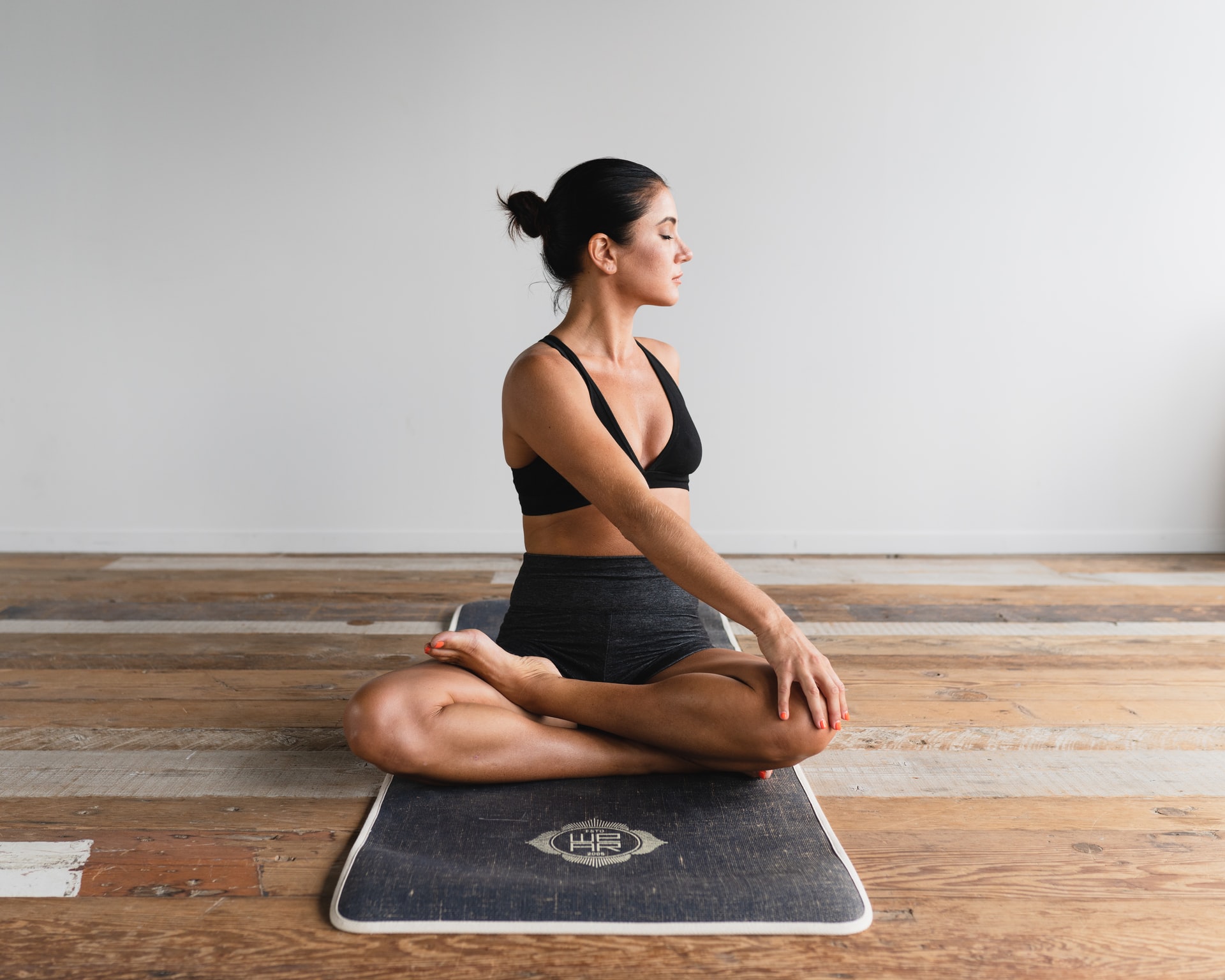 Top Ideas
Top Ideas
The temptation with this dumbbell workout is to swing your arms around erratically as you raise them, but control is the key to getting benefits.
Mason notes that to avoid using momentum or swinging the weight, the curl should have the arms dangle down the side of the body at about a 60-degree incline. The shoulders should also be pulled back.
Exercises For The Forearms to Finish Your Workout
For an added difficulty at the end of your session, perform three sets of each forearm finisher. Be advised that including these techniques right away may go too far if you’re new to the exercises described above. If you don’t want to spend the next few days wandering about with robot arms, it’s advisable to space them out.
Hand Curl
Put your palms up and lay your wrists on your knees while seated on a bench. A dumbbell should be in each of your hands. Start with 2kg; now is not the time to brag.
Keeping your wrist and arms still, lift your hands toward your wrist. As you lower your hands to the beginning position, count to three after pausing at the peak of the exercise. This set consists of one or 10 reps.
Fisherman’s Walk
Pick up a 30 kg dumbbell with an overhand grip in each hand. Keep your arms and head high as you gently leave the room and return.
Do this without changing your pace for one minute, and then take a one-minute break. This one will be felt all across your palm and forearm.
Although it is a problematic finisher, persevering through it will help you develop stronger grips.


